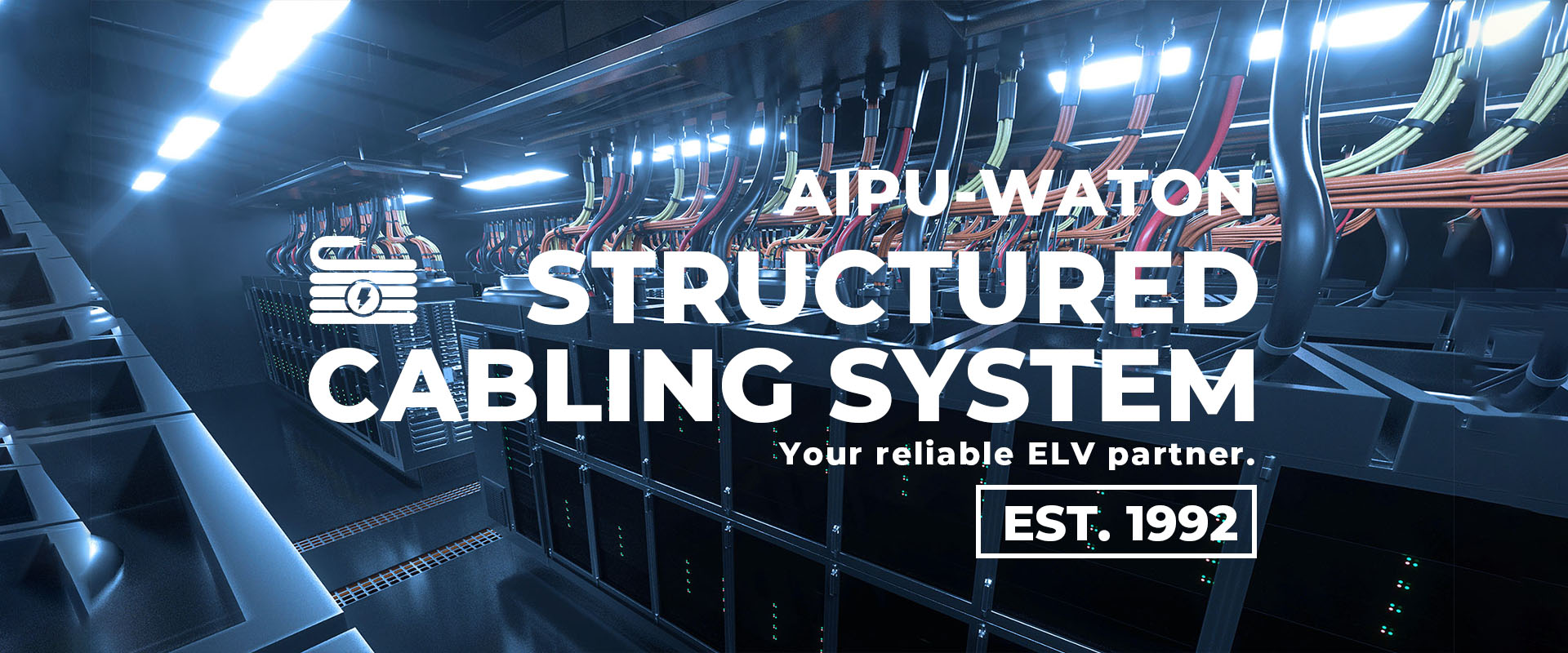For BMS, BUS, Industrial, Instrumentation Cable.

A structured cabling system is a combination of crimping methods, modular structure, star topology, and open features. It includes several subsystems:
Structured cabling isn’t just about wires—it’s an investment in efficiency, reliability, and future readiness.
Control Cables
Structured Cabling System
Network&Data, Fiber-Optic Cable, Patch Cord, Modules, Faceplate
Apr.16th-18th, 2024 Middle-East-Energy in Dubai
Apr.16th-18th, 2024 Securika in Moscow
May.9th, 2024 NEW PRODUCTS & TECHNOLOGIES LAUNCH EVENT in Shanghai
Post time: Jul-31-2024
